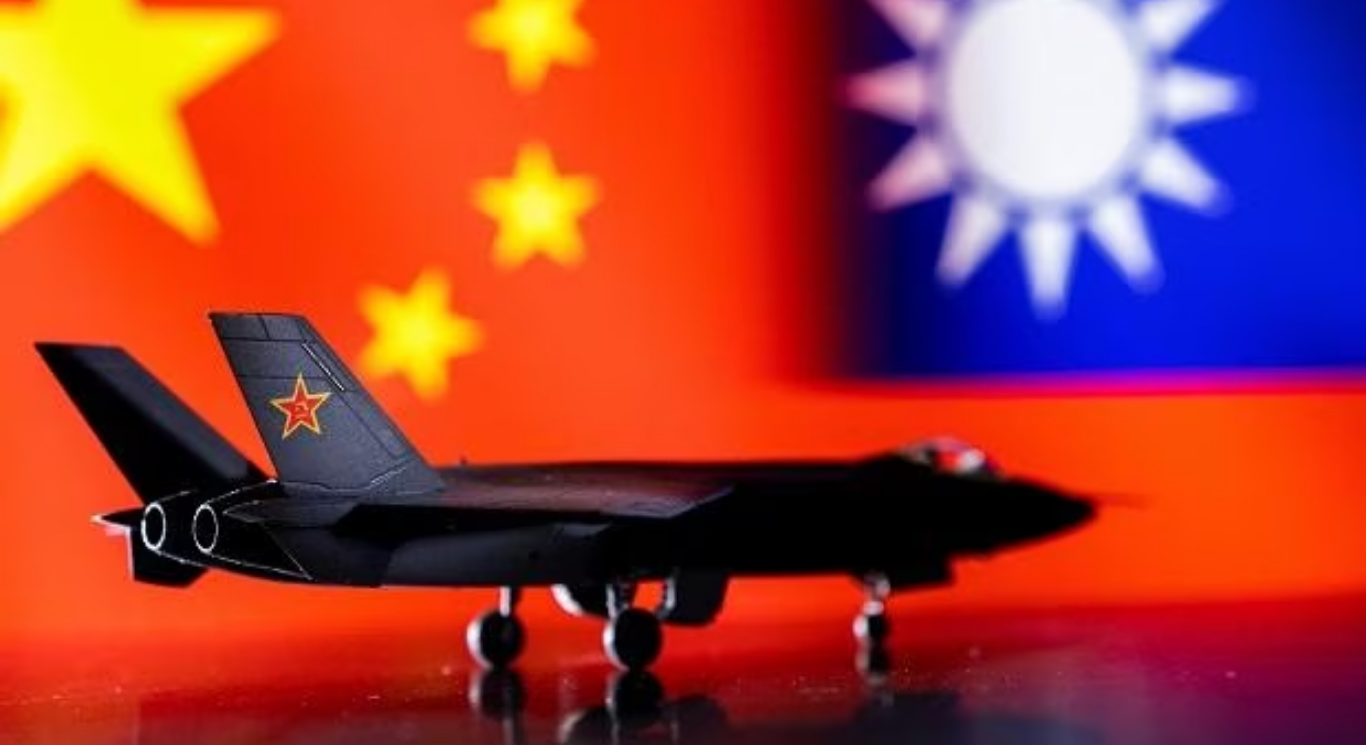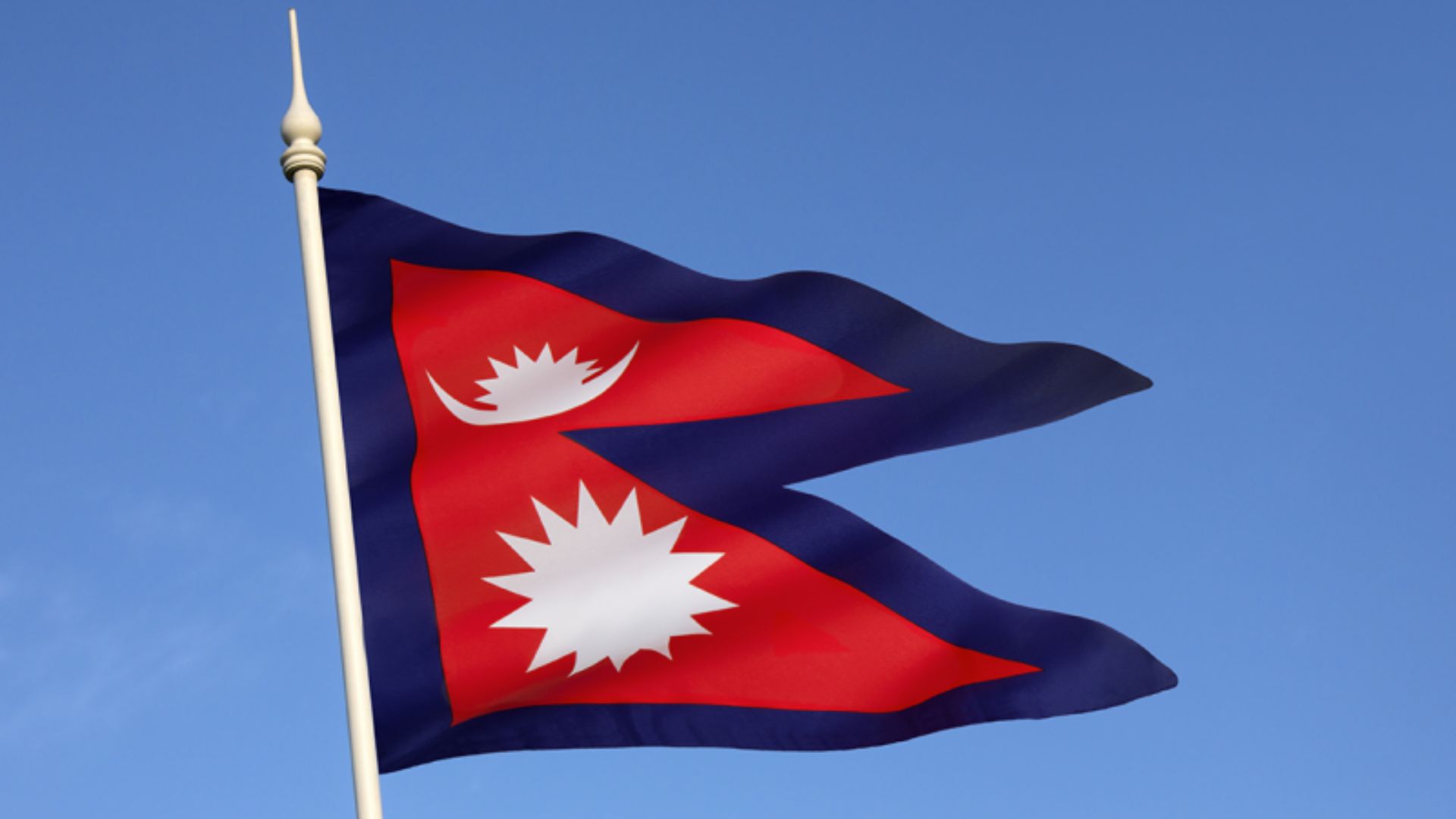










According to Taiwan News, up to 24 Chinese military aircraft and four navy ships violated Taiwan’s air defence identification zone (ADIZ).
Between 6 a.m. Saturday (December 31) and 6 a.m. Sunday (January 1), the Ministry of National Defence (MND) tracked 24 Chinese military aircraft and four navy vessels surrounding Taiwan (January 1). Taiwan monitored People’s Liberation Army (PLA) planes and boats using aircraft, navy ships, and land-based missile systems, according to Taiwan News.
According to the MND, 15 of the 24 PLA aircraft were detected in ADIZ, including 12 that breached the Taiwan Strait median line.
The middle line was crossed by four Shenyang J-11 fighter jets, four Chengdu J-10 fighter planes, and four Shenyang J-16 fighter aeroplanes.
Meanwhile, one Shaanxi Y-8 anti-submarine warfare plane, one Harbin BZK-005 reconnaissance drone, and one BZK-007 reconnaissance drone were monitored in the southwest corner of Taiwan’s ADIZ, reported Taiwan News.
Since September 2020, China has increased its use of grey zone tactics by routinely sending aircraft into Taiwan’s air defence identification zone.
Grey zone tactics are defined as “an effort or series of efforts beyond steady-state deterrence and assurance that attempts to achieve one’s security objectives without resort to direct and sizable use of force.”
Meanwhile, amid growing tensions between China and the US over Beijing’s growing aggression in the South China Sea, the Chinese Navy simulated an attack on an American Navy task group on December 21, the same day that a Chinese J-11 fighter jet intercepted a US Air Force RC-135 surveillance aircraft, in what the Pentagon termed an “unsafe manoeuvre,” reported The Drive.
The US military sent three P-8A maritime patrol aircraft, one RC-135V surveillance aircraft, and one E-3G airborne early warning and control aircraft from Clark Air Base and Kadena Air Base to operate over the South China Sea and south of the Taiwan Strait on December 21, according to the SCS Probing Initiative. The intercepted RC-135V might very well have been the one in issue.
Intense Chinese military action in the South China Sea is not uncommon, but it’s worth noting that the practise scenario in this case appears to have explicitly targeted US Navy boats.
In recent years, China’s leadership has taken a more hostile approach toward Taiwan, while US officials are now publicly voicing fear that Beijing may want to seize control of the island sooner rather than later.









